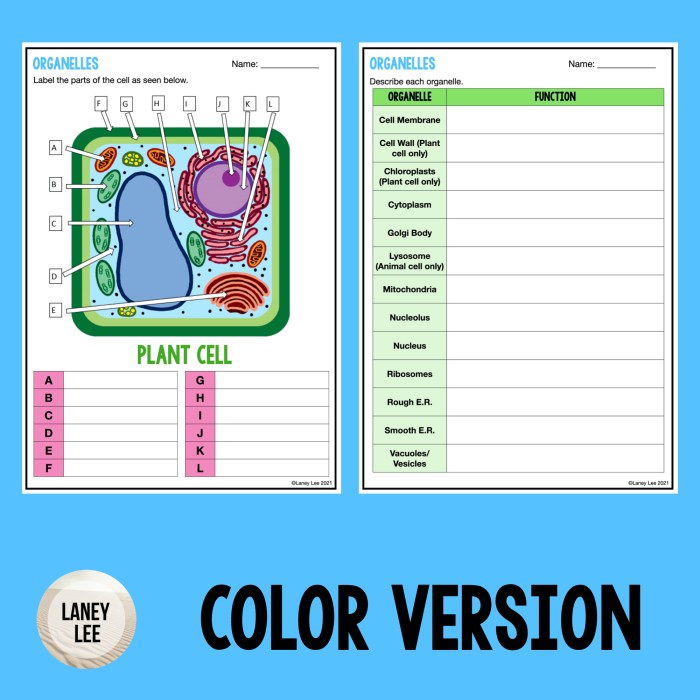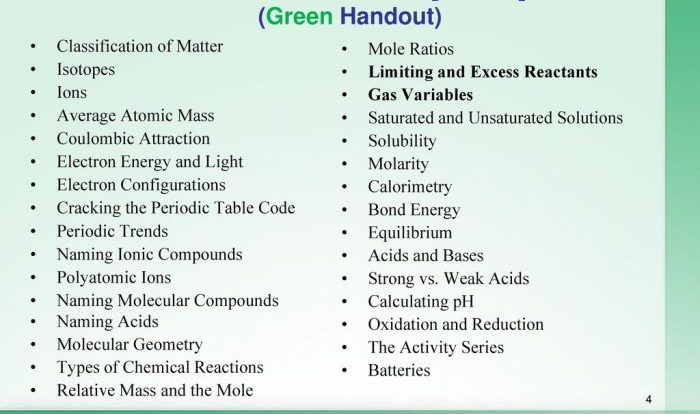A tour inside the cell worksheet answers – Embark on a captivating journey through the inner workings of cells with our comprehensive worksheet answers, “A Tour Inside the Cell.” Dive into the intricate world of cellular biology, unraveling the secrets of cell structure, processes, transport, and communication.
Our meticulously crafted guide provides a detailed exploration of the fundamental components of cells, their specialized organelles, and the dynamic processes that govern their functioning. Discover the significance of cell division, the mechanisms of transport across cell membranes, and the intricate communication networks that orchestrate cellular activities.
1. Cell Structure and Organization

Cells are the basic unit of life and the building blocks of all living organisms. They are complex structures with a variety of components that work together to carry out the functions of life.
The basic structure of a cell includes the cell membrane, cytoplasm, and nucleus.
The cell membrane is a thin, flexible layer that surrounds the cell and protects its contents. It also regulates the passage of materials into and out of the cell.
The cytoplasm is the jelly-like substance that fills the cell. It contains all of the cell’s organelles, which are small structures that carry out specific functions.
The nucleus is a large, membrane-bound organelle that contains the cell’s genetic material. It is responsible for controlling the cell’s activities.
In addition to these basic structures, cells also contain a variety of other organelles, including the mitochondria, endoplasmic reticulum, and Golgi apparatus.
The mitochondria are small, bean-shaped organelles that produce energy for the cell. The endoplasmic reticulum is a network of membranes that folds and transports proteins. The Golgi apparatus is a stack of flattened sacs that modifies and packages proteins.
All of these organelles work together to carry out the functions of life. They allow cells to grow, repair themselves, and reproduce.
Cell Division
Cell division is the process by which cells reproduce. There are two main types of cell division: mitosis and meiosis.
Mitosis is the process by which a cell divides into two identical daughter cells. It is used for growth, repair, and asexual reproduction.
Meiosis is the process by which a cell divides into four daughter cells, each with half the number of chromosomes as the parent cell. It is used for sexual reproduction.
Cell Transport
Cell transport is the process by which cells move materials into and out of the cell.
There are two main types of cell transport: passive transport and active transport.
Passive transport is the movement of materials from an area of high concentration to an area of low concentration. It does not require energy.
Active transport is the movement of materials from an area of low concentration to an area of high concentration. It requires energy.
Cell transport is essential for maintaining homeostasis within the cell. It allows cells to take in nutrients and expel waste products.
Cell Communication, A tour inside the cell worksheet answers
Cell communication is the process by which cells communicate with each other.
There are two main types of cell communication: cell signaling and cell junctions.
Cell signaling is the process by which cells send chemical signals to each other. Cell junctions are physical connections between cells.
Cell communication is essential for maintaining homeostasis within the body. It allows cells to coordinate their activities and respond to changes in the environment.
Expert Answers: A Tour Inside The Cell Worksheet Answers
What is the primary function of the cell membrane?
The cell membrane serves as a selectively permeable barrier, regulating the movement of substances into and out of the cell.
How does passive transport differ from active transport?
Passive transport involves the movement of substances across a membrane without the expenditure of energy, while active transport requires energy to move substances against a concentration gradient.
What is the significance of cell signaling?
Cell signaling allows cells to communicate with each other, coordinating activities within tissues and organs and maintaining homeostasis.

